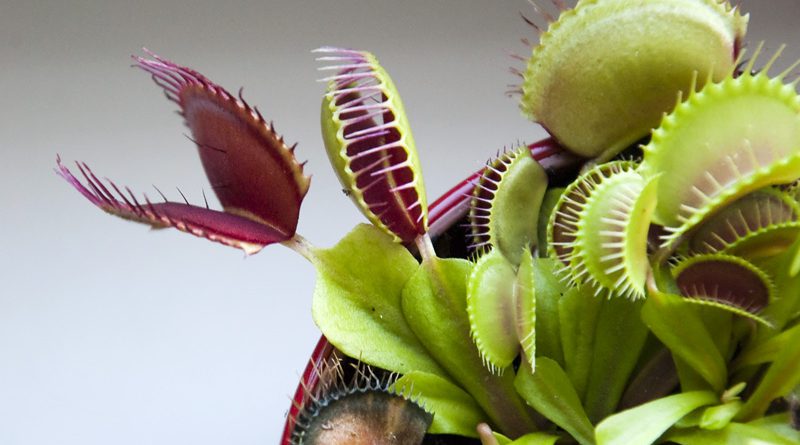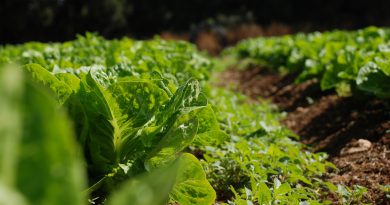Comparative Genome Analysis Reveals Divergent Genome Size Evolution in a Carnivorous Plant Genus
| Giang T. H. Vu *ab, Thomas Schmutzera, Fabian Bulla, Hieu X. Caoa, Jörg Fuchsa, Trung D. Trana, Gabriele Jovtchevag, Klaus Pistricka, Nils Steina, Ales Pecinkab, Pavel Neumannc, Petr Novakc, Jiri Macasc, Paul H. Deard, Frank R. Blattnerae, Uwe Scholza and Ingo Schubert *af
a Leibniz Institute of Plant Genetics and Crop Plant Research (IPK), Corrensstrasse 3, 06466 Gatersleben, Germany b Max Planck Institute for Plant Breeding Research (MPIPZ), Carl-von-Linné-Weg 10, 50829 Köln, Germany g Institute for Biodiversity and Ecosystem Research 2 Yurii Gagarin Street, Sofia 1113, Bulgaria c Biology Centre of the Academy of Sciences of the Czech Republic, Institute of Plant Molecular Biology, 370 05, Cˇeske Budejovicé, Czech Republic d MRC Lab. of Molecular Biology, Francis Crick Ave., Cambridge Biomedical Campus, Cambridge CB2 0QH, UK e German Centre for Integrative Biodiversity Research (iDiv) Halle-Jena-Leipzig, 04103 Leipzig, Germany f Faculty of Science and Central European Institute of Technology, Masaryk Univ., 61137 Brno, Czech Republic The C-value paradox remains incompletely resolved after >40 yr and is exemplified by 2,350-fold variation in genome sizes of flowering plants. The carnivorous Lentibulariaceae genus Genlisea, displaying a 25-fold range of genome sizes, is a promising subject to study mechanisms and consequences of evolutionary genome size variation. Applying genomic, phylogenetic, and cytogenetic approaches, we uncovered bidirectional genome size evolution within the genus Genlisea. The Genlisea nigrocaulis Steyerm. genome (86 Mbp) has probably shrunk by retroelement silencing and deletion-biased double-strand break (DSB) repair, from an ancestral size of 400 to 800 Mbp to become one of the smallest among flowering plants. The G. hispidula Stapf genome has expanded by whole-genome duplication (WGD) and retrotransposition to 1550 Mbp. Genlisea hispidula became allotetraploid after the split from the G. nigrocaulis clade ∼29 Ma. Genlisea pygmaea A. St.-Hil. (179 Mbp), a close relative of G. nigrocaulis, proved to be a recent (auto)tetraploid. Our analyses suggest a common ancestor of the genus Genlisea with an intermediate 1C value (400–800 Mbp) and subsequent rapid genome size evolution in opposite directions. Many abundant repeats of the larger genome are absent in the smaller, casting doubt on their functionality for the organism, while recurrent WGD seems to safeguard against the loss of essential elements in the face of genome shrinkage. We cannot identify any consistent differences in habitat or life strategy that correlate with genome size changes, raising the possibility that these changes may be selectively neutral. Full text: Comparative Genome Analysis Reveals Divergent Genome Size Evolution in a Carnivorous Plant Genus |
|



